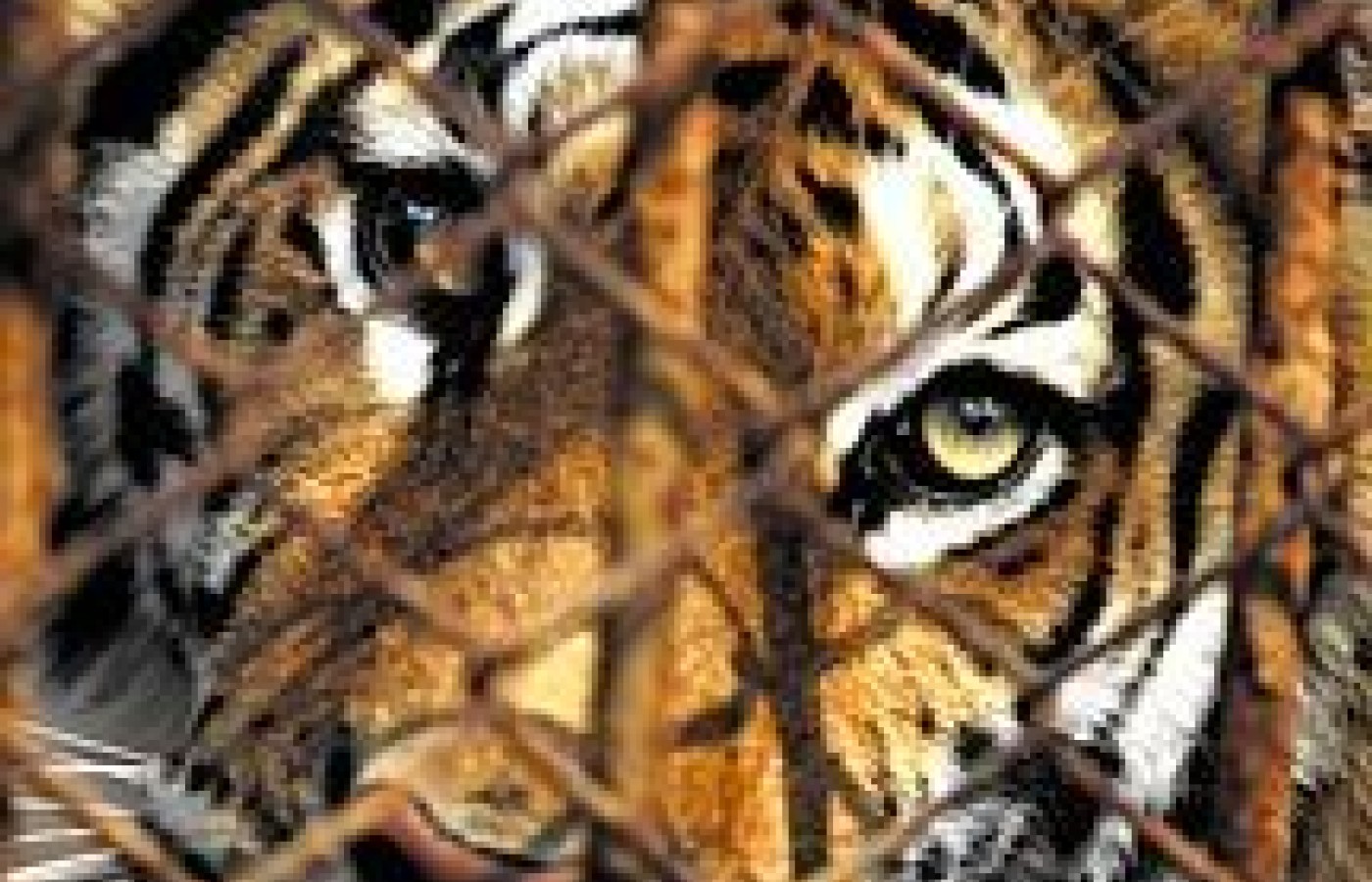Whether you accept it, avoid it or live somewhere in between, insurance coverage has become a defining issue for our profession. Patients increasingly expect to use their benefits, practitioners want to be compensated fairly for their time and expertise, and the system itself remains – at best – fragmented. The encouraging news is that coverage has expanded in meaningful ways. The challenging news is that reimbursement, across the board, remains inadequate.
Chinese Government Pressured to Lift Ban on Tiger Products
In an effort to show that the acupuncture and Oriental medicine (AOM) profession is mindful of the global environment that provides the ingredients for so many herbal treatments, leaders in the AOM community have come out strongly against a recent proposal that would allow China to lift its 14-year ban on trade in tiger parts and products. On May 3, 2007, Lixin Huang, MS, president of both the Council of Colleges of Acupuncture and Oriental Medicine and the American College of Traditional Chinese Medicine, addressed the Subcommitte on Fisheries, Wildlife and Oceans, part of the House Natural Resources Committee, during its Oversight Hearing on the Convention on International Trade in Endangered Species. Huang explained the issue to the congressional committee:
"Traditional Chinese medicine (TCM) used tiger bone to fight pain and inflammation for centuries. Today, TCM embraces effective and plentiful alternatives to tiger bone. TCM colleges no longer teach the use of tiger bone as medicine, and legitimate, law-abiding TCM practitioners around the world no longer use tiger bone as medicine. In fact, we in the TCM industry believe that use of tiger bone is not in the best interest of TCM's reputation as it strives to become a respected global health care system."

She further elaborated on this in an interview with Acupuncture Today: "Traditional Chinese medicine needs to have a strong voice for wildlife conservation, such as wild tigers. It's a win-win for both people and the tigers. We promote healthy people and a healthy planet to create harmony." Huang's involvement with tiger conservation goes back to 1998, with both the World Wildlife Federation (www.worldwild life.org) and the Save the Tiger Fund (www.savethetigerfund.org).
International trade in tiger products is banned by the Convention on International Trade in Endangered Species of Wild Fauna and Flora (CITES), an international agreement between governments. CITES works to ensure that international trade in specimens of wild animals and plants does not threaten their survival. China itself banned domestic tiger trade, as well as the use of tiger bone and the manufacture of tiger-bone medicines, and removed tiger bone from the official TCM pharmacopeia in 1993, according to Huang.
Other prominent members of the AOM community have joined Huang in denouncing profiting from endangered species to produce TCM products. William Morris, president of the Academy of Oriental Medicine at Austin (AOMA), told Acupuncture Today:
"I support CITES and discourage the use of endangered species. Methods of farming and harvesting can be created that eliminate the risk to endangered plant, animal or mineral species. Under these circumstances, it is appropriate to engage in commerce. If however, commerce is engaged that furthers the risk of extinction of any species, it becomes a problem to both the profession and society. I will encourage any organization that I participate with to uphold these values."
The AAAOM echoed Morris' stance on the issue:
"The AAAOM strongly supports the production of Chinese herbs that pose no risk to any endangered plant or animal species. Use of rare or endangered plants or animals is unsustainable and at odds with basic principles of harmony and balance, which are central to Oriental Medicine philosophy. We applaud the producers and manufacturers who dedicate resources to upholding these values, and encourage our members to support them when purchasing herbs and other traditional medicines."
China's ban on tiger products is particularly important, given that it is the world's largest consumer of tiger products. Additionally, there are currently only five subspecies and fewer than 5,000 wild tigers left in the world. Compare this to eight subspecies and more than 100,000 wild tigers just 100 years ago. According to the Save the Tiger Fund, wild tigers currently only occupy 7 percent of their historical habitat.
Unfortunately, heavy pressure is being placed on the Chinese government by a coalition of private tiger-farm investors to lift the ban so they may breed tigers to use for pelts and medicinal purposes. The Save the Tiger Fund estimates that approximately 5,000 tigers have been bred on these farms. Additionally, investors are stockpiling tiger carcasses in hopes of the ban being lifted.
Huang added that with China hosting the summer Olympic Games next year, she is working with the WWF and Save the Tiger Fund to keep pressure on the Chinese government not to lift the ban. She hopes that with the world looking to China during that time, the plight of wild tigers can be brought into the spotlight.
At a recent meeting of the International Tiger Coalition, in which governments from India, Nepal, Bhutan and Russia were represented, tiger farming and trade were soundly rejected. Huang, who was at the meeting held in the Netherlands, stated, "The request for reopening trade does not come from TCM. TCM does not wish to be responsible for the extinction of wild tigers."
Last August, the New York Times ran an op-ed piece by Barun Mitra, director of Liberty Institute, a research organization that promotes free-market economics, titled "Sell the Tiger to Save It." In his article, Mitra stated:
"Given the growing popularity of traditional Chinese medicines, which make use of everything from tiger claws (to treat insomnia) to tiger fat (leprosy and rheumatism), and the prices this kind of harvesting can bring (as much as $20 for claws, and $20,000 for a skin), the tiger can in effect pay for its own survival."
Huang, in a letter to the editor printed on the Save the Tiger Fund Web site, countered Mitra's argument:
"I take exception to Barun Mitra's 'Sell the Tiger to Save It' (August 15). He erroneously connects the 'growing popularity of traditional Chinese medicines' with his argument for farming tigers. In fact, traditional Chinese medicine doctors have completely stopped using tiger parts, and found other substitutes for clinics, hospitals and patients. It is in the best interest of traditional Chinese medicine to stop the trade of tiger parts to protect tigers in wild. The AOM education community strongly supports healthy people and healthy planet. Traditional Chinese medicine promotes harmony and balance between people and the wildlife. We should leave the people today and the children, in the future, a living planet."



